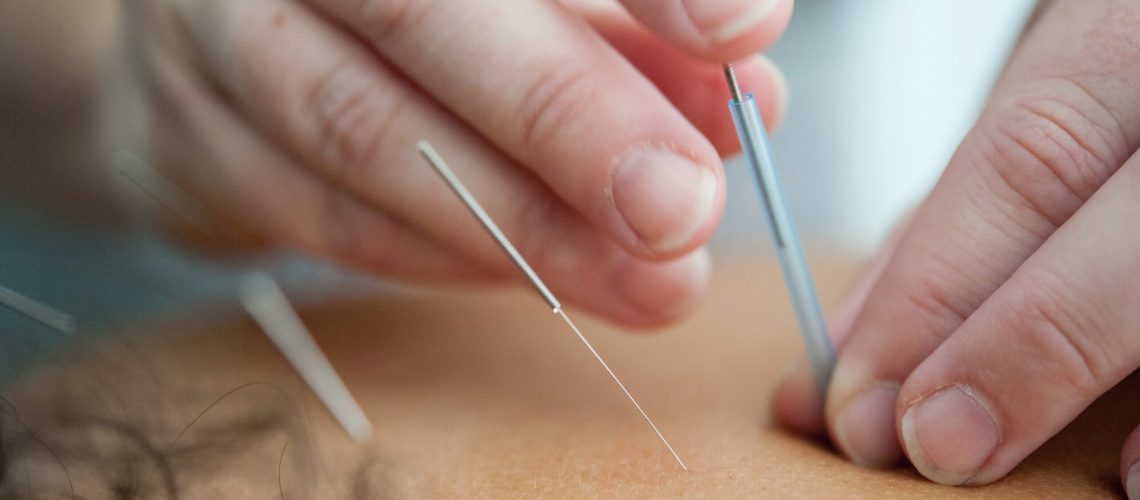A bone fracture can be a painful and challenging experience, with recovery time varying depending on the severity of the injury and the individual’s overall health. It is essential to understand how to manage pain during the recovery process to ensure a smooth and swift return to normal activities. In this article, we explore various pain management techniques, including medications, complementary therapies, and lifestyle adjustments, to assist you in managing pain during bone fracture recovery.
1. Understanding Bone Fracture Recovery
Bone fracture recovery is a complex process that involves several stages. Understanding these stages can help you better manage your pain and set realistic expectations for your recovery:
- Inflammation: This initial stage occurs immediately after the fracture, as the body starts to form a blood clot around the injury and triggers an immune response to protect and repair the area.
- Repair: During this stage, the body produces new bone tissue and forms a soft callus around the fracture site.
- Remodeling: This final stage involves the hardening of the soft callus into a mature bone, which can take several months to complete.
More information about the bone fracture healing process can be found here.
2. Pain Management Medications
Several medications can be prescribed or recommended by your healthcare provider to manage pain during bone fracture recovery. These include:
- Over-the-counter pain relievers: Non-prescription medications such as acetaminophen, ibuprofen, and naproxen can help manage mild to moderate pain. However, it is crucial to follow the recommended dosage and consult your doctor before taking any medication.
- Prescription pain relievers: For more severe pain, your doctor may prescribe stronger pain relievers such as opioids, although they should be used with caution due to their potential for addiction and side effects.
More information on pain management medications can be found here.
3. Complementary Therapies
Complementary therapies can be beneficial in managing pain during bone fracture recovery, particularly when used in conjunction with conventional medical treatments. Some popular complementary therapies include:
- Ice and heat therapy: Applying ice packs or heating pads to the affected area can help reduce pain and inflammation. Always follow your healthcare provider’s advice on when to use ice or heat and for how long.
- Massage therapy: A gentle massage can help alleviate pain by promoting blood flow and relaxation. Ensure that you consult with a qualified massage therapist experienced in treating bone fractures.
- Acupuncture: This ancient Chinese therapy involves inserting thin needles into specific points on the body to stimulate the body’s natural pain-relief mechanisms.
More information on complementary therapies for pain management can be found here.
4. Lifestyle Adjustments
Making some lifestyle adjustments can significantly impact your comfort and pain levels during bone fracture recovery. Some of these adjustments include:
- Rest: Giving your body the rest it needs is crucial for proper healing. Follow your healthcare provider’s advice on how much rest you need and which activities to avoid.
- Elevation: Keeping the affected area elevated can help reduce swelling and pain. Your doctor can provide guidance on the best way to elevate your injured limb.
- Nutrition: A balanced diet rich in essential nutrients, such as calcium, vitamin D, and protein, can support bone healing and overall health. Consult a nutritionist or your healthcare provider for personalized dietary recommendations.
More information on the role of nutrition in bone fracture healing can be found here.
5. Physical Therapy and Rehabilitation
Physical therapy and rehabilitation can play a vital role in managing pain and promoting healing during bone fracture recovery. A physical therapist can:
- Design a personalized exercise program to help you regain strength, flexibility, and function in the affected area.
- Guide you on how to perform daily activities safely and with minimal pain.
- Monitor your progress and adjust your treatment plan as needed.
More information on physical therapy for bone fractures can be found here.
6. Coping Strategies and Support
In addition to physical pain management techniques, it is essential to address the emotional aspects of pain during bone fracture recovery. Some strategies for coping with pain include:
- Relaxation techniques: Deep breathing exercises, meditation, and progressive muscle relaxation can help reduce stress and pain levels.
- Distraction: Engaging in enjoyable activities or hobbies can help take your mind off the pain.
- Support groups: Connecting with others who are going through similar experiences can provide valuable emotional support and practical advice.
More information on coping with pain can be found here.
Conclusion
Managing pain during bone fracture recovery is crucial for a successful healing process and a timely return to daily activities. By combining appropriate medications, complementary therapies, lifestyle adjustments, physical therapy, and coping strategies, you can optimize your recovery experience and minimize discomfort. Always consult with your healthcare provider to determine the best pain management plan for your specific needs and circumstances.
External Links:
1. OrthoInfo – Bone Healing
2. WebMD – Pain Relievers
3. Harvard Health Publishing – Non-invasive Pain Relief Techniques
4. Academy of Nutrition and Dietetics – Nutrition Tips to Promote Bone Healing
5. Move Forward PT – Bone Fractures and Physical Therapy
6. American Psychological Association – Coping with Pain

